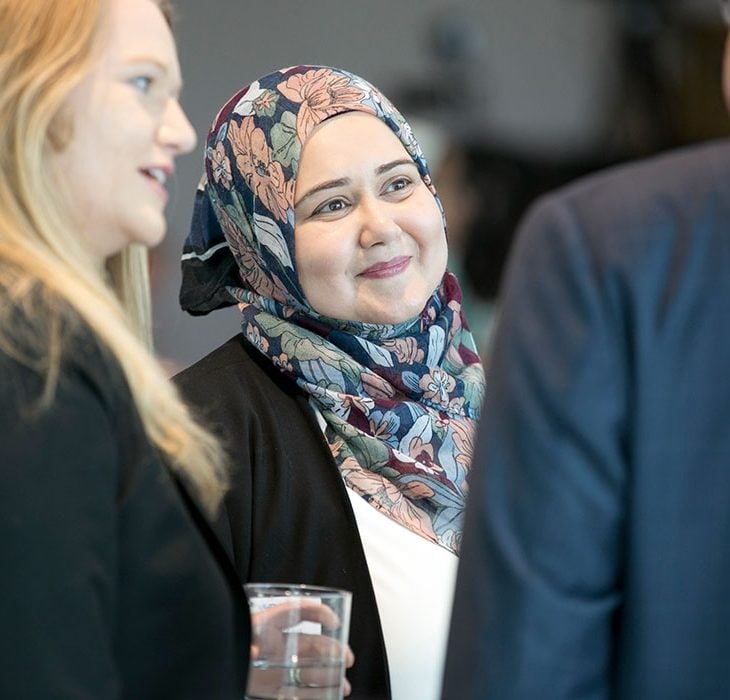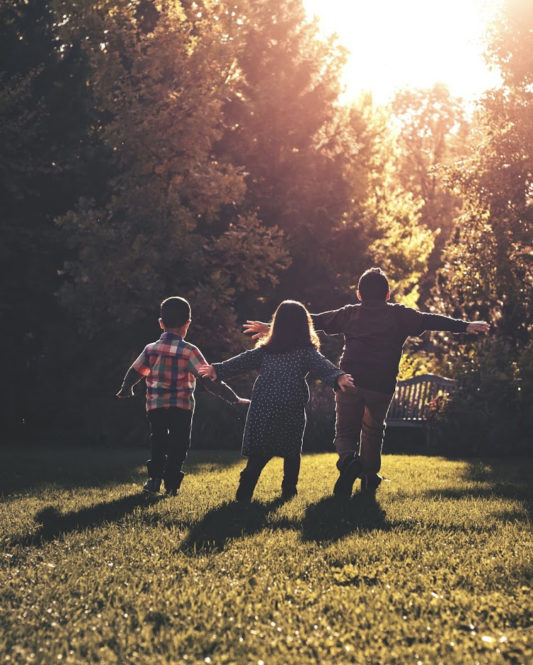How I Discovered Treasure in Islam in Quarantine
March 27, 2020

Two weeks ago, we received news of a positive Covid-19 case at my oldest son’s school. Everyone who was in school on the identified dates was asked to go into self-quarantine for 14 days. Living in a multigenerational Muslim home meant that I found myself having several conversations upon receiving this news. This included talking to my children about their fears and anxiety, talking to my parents about how they need to take precautions and distance themselves from my children during our self-quarantine, talking to my partner about contingency plans in case any of us started to show symptoms. Within a 24-hour period I rushed to buy the last of some supplies and groceries, texted with our doctor, relatives and friends with anxious questions, and privately recited prayers of protection for my parents and children.
In the midst of that stress, I noticed a video that was circulating in Muslim Whatsapp groups and on social media of a call to prayer from a mosque in Kuwait. The Muslim call to prayer, which is called “adhaan” in Arabic, happens five times a day before every prayer time and is a collection of about 10 verses. One verse in the middle of the adhaan says “Hayya ‘ala al-Salah” (come to prayer) which encourages Muslims to come to the mosque and take part in communal prayer. However, in this version of the adhaan, that verse was changed to “al-salatu fi buyutikum” (pray in your homes). I had never heard of such an innovation with the adhaan but discovered that this had been done during the time of the Prophet Muhammad when heavy rain made it difficult for people to leave their homes. Last week, this version of the adhaan was brought back into use to help Muslims make sense o f how we keep our religious practices while also practice social distancing in response to the global spread of Covid-19. The word innovation can sometimes be scary to more conservative Muslims as it represents a watering down or entirely loosing tradition that is hundreds of years old. But sometimes circumstances require us to find new ways of practicing our faith, some circumstances that force us to prioritize safety rather than ritual. For me, the most beautiful of innovations come from deep within the tradition itself, providing solace to people in uncertain times when their life is interrupted by an invisible threat.
Share
Related Articles
American Civic Life
American Civic Life
American Civic Life
Centro Islámico, a Hub for Latino Muslims Near and Far, Breaks Ground on Expansion during Ramadan

The poet Rumi says, “Where there is ruin, there is treasure.” Covid-19 is ravaging our cities, and we are all witness to ruin faced by our local communities, our country and our world. What if these disruptions could be a way to break open new ways of creating community? What if the inspirations we need in challenging times come from the deep roots of our traditions and worldviews? What happens when we take those inspirations and couple them with the technological possibilities with of our time, bringing us to a new way of being together? Of building together? I am brimming with questions in quarantine, and I don’t have the answers I’m looking for. But, I find hope in small moments, like when I shared the adhaan video with my children to show them that our tradition holds within it treasures that can inspire us in times of challenge.



